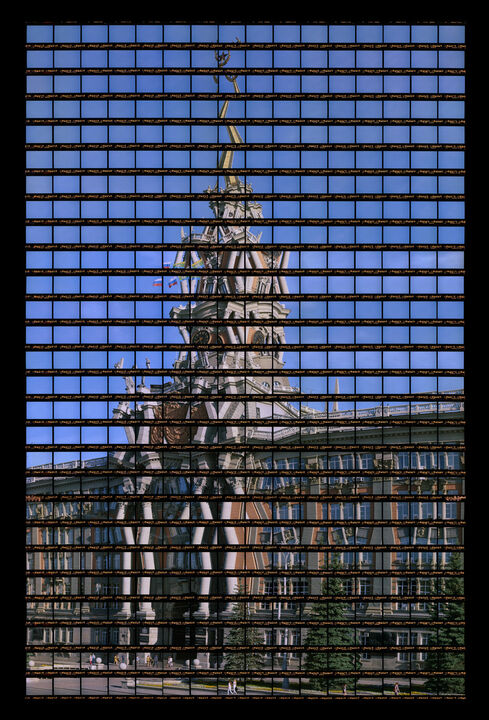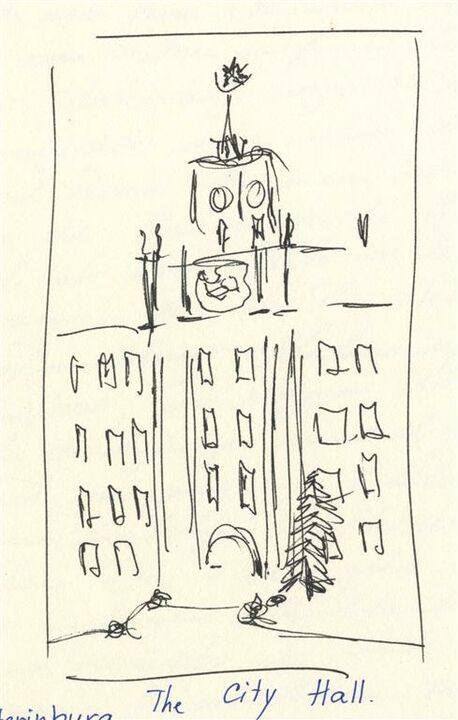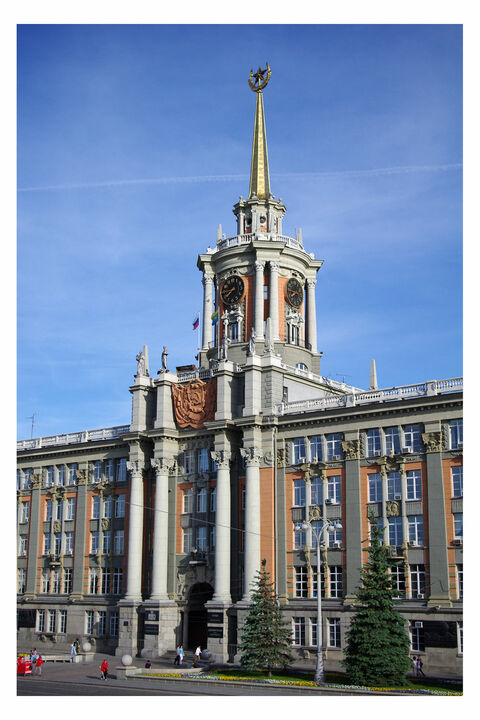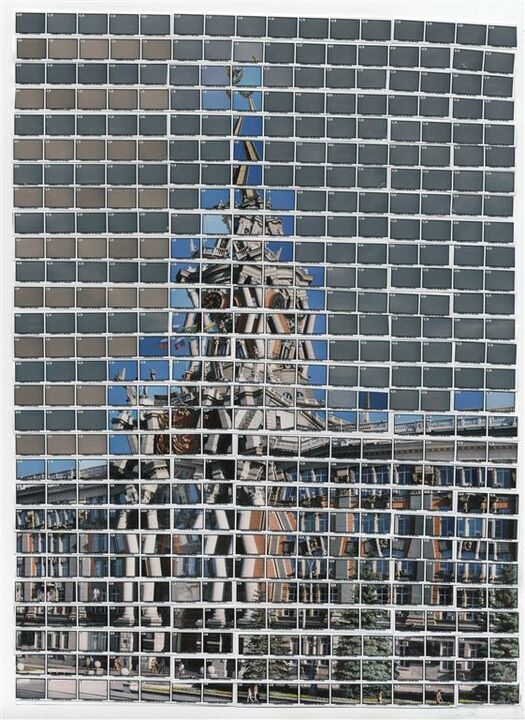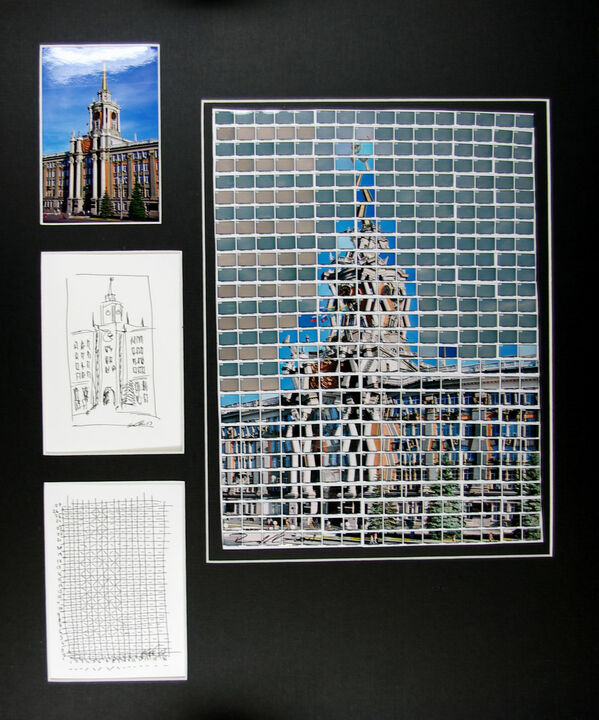City Hall
Yekaterinburg City Hall, also known as the Yekaterinburg Administration Building or Yekaterinburg City Duma, is the seat of the municipal government in the city of Yekaterinburg, Russia. Yekaterinburg is the fourth-largest city in Russia and serves as the administrative center of Sverdlovsk Oblast.
The City Hall building is located in the central part of Yekaterinburg, near the Iset River, and is considered one of the prominent architectural landmarks of the city. It was constructed in the late 19th century in the eclectic architectural style, featuring a combination of different architectural elements.
The building's design incorporates neoclassical and modernist influences, with decorative elements and ornate details. It stands as a symbol of the city's historical and cultural heritage. The City Hall's façade is adorned with columns, sculptures, and intricate carvings, showcasing the architectural craftsmanship of the era.
Inside, the City Hall houses various administrative offices and facilities that are responsible for governing and managing the city's affairs. It serves as the headquarters for the city's mayor, city council, and other municipal departments. The City Hall plays a vital role in decision-making, policy implementation, and the overall governance of Yekaterinburg.
Yekaterinburg was founded in 1723 by Vasily Tatishchev and Georg Wilhelm Henning as an industrial center. It was named after Peter the Great's wife, Catherine I. From its early days, Yekaterinburg played a crucial role in the industrial development of the Urals and Siberia. The city became a hub for the manufacturing of cast iron, steel, copper, and other metal products.
In the second half of the 19th century, Yekaterinburg experienced significant growth and transformation. The construction of vital railroads connecting the city led to its emergence as one of the most significant centers of Soviet industrialization by 1930. During World War II, Yekaterinburg served as a crucial destination for the evacuation of weapons factories from other regions to the Urals. After the war, many of these factories remained in Yekaterinburg permanently, contributing to its industrial prowess.
Today, Yekaterinburg stands as the fourth largest city in Russia in terms of population and remains an important industrial and financial center. Often referred to as the "true" capital of the Urals, the city continues to play a vital role in the region's economy, with diverse industries ranging from manufacturing and metallurgy to technology and finance. Yekaterinburg's historical significance as an industrial and administrative center has shaped its development and contributed to its position as a major city in Russia.
